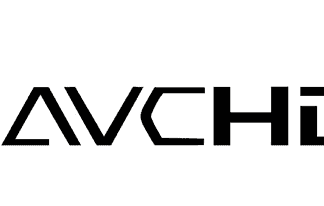
The Advanced Video Coding High Definition file system, or AVCHD, is commonly used in digital recording hardware like high-definition video cameras. Suitable for use on the professional level, it was originally developed by both Sony and Panasonic and introduced in 2006. It was later updated in 2011 to support 1080 applications at 50 FPS (frames per second) or 60 FPS as well as stereoscopic or 3D video.
Understanding AVCHD
In order to use the AVCHD File Structure efficiently and effectively, it’s important to understand the individual nuances of the system. While its framework is similar to that of Blu-Ray, there are some notable differences.
AVCHD uses native MTS (MPEG Transport System) technology; a format that is derived from Blu-Ray’s M2TS system. In addition, AVCHD supports the MP4 format – some camcorders even skip MTS altogether and record video straight to MP4.
The primary issue with MTS is compatibility – some media players and DVD burners just don’t support it. Luckily, there are plenty of third-party programs available to help you convert these files into a format that is compatible with your current software and hardware.
Adding to the confusion is the fact that AVCHD includes several different brands. This includes:
- AVCHD Pro – This is the standard, professional-grade entry that is commonly used in mainstream video recording and editing.
- AVCHD Lite – Limited to 720p video, this version is geared more toward hobbyists and consumers rather than industry professionals.
- AVCCAM – Camcorders released through Panasonic’s Broadcast division use the AVCCAM label to set them apart from the other entries, but the features of AVCCAM aren’t necessarily exclusive to the format.
- NXCAM – Sony’s professional-grade entry, NXCAM provides full support for 1080i, 1080p, and 720p. It also supports a variety of different frame rates.
When it comes times to playback a video file that has been previously recorded to a memory card, most users have several different options:
- Direct playback, either through the camcorder itself or via a connected monitor or television set
- External recording to a Blu-Ray or DVD for use in consumer-grade hardware
- Offloading to a internal or external hard drive
To perform any video editing, the master file will need to be loaded onto a computer via one of the many popular video editing suites on the market today. Many different software options are available and fully compatible with both MTS and MP4, including:
- Cyberlink PowerDirector and PowerProducer
- Magix Movie Edit Pro 15 Plus
- Nero Vision 9
- Panasonic HD Writer AE
- Pinnacle Studio 11.1.2 and higher
- Sonic software products
- Sony DVD Architect 5
It’s important to note that the individual features of these software packages tend to vary from between developers. While nearly all of them let you perform basic cuts and edits, some of the advanced utilities include full-scale DVD creation – complete with interactive menus.
Now that you have a better understanding of the AVCHD system, it’s time to put your knowledge to good use and bolster your skills with strong technical knowledge and proficiency. Not only will it expand your overall understanding of digital photography, but it will help you gain control over the data you’re generating and ensure you’re using it as effectively as possible.
Related Topic
The post About AVCHD File System appeared first on Nigeria Technology Guide.
* This article was originally published here
